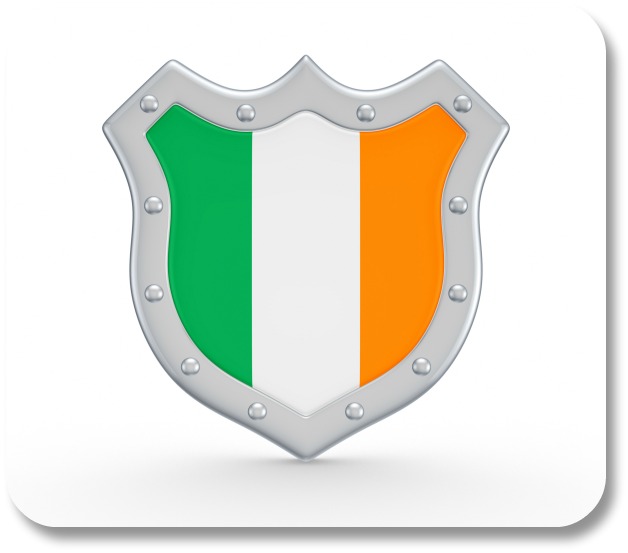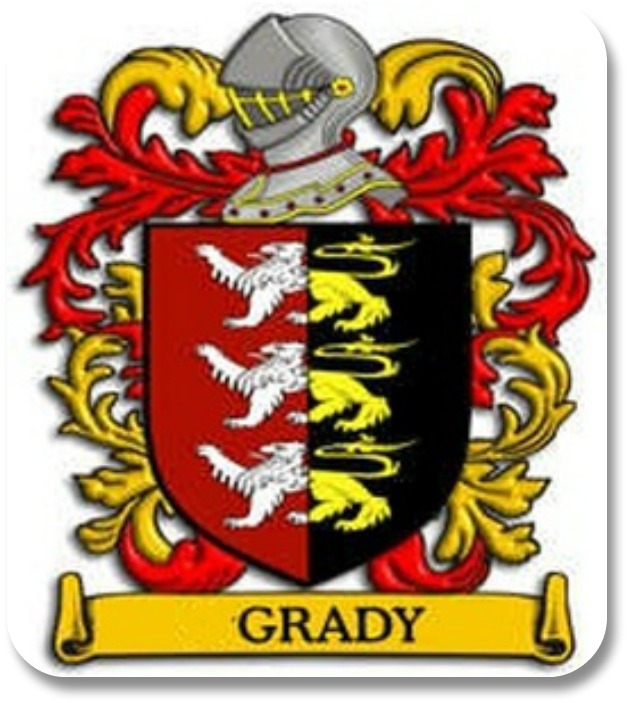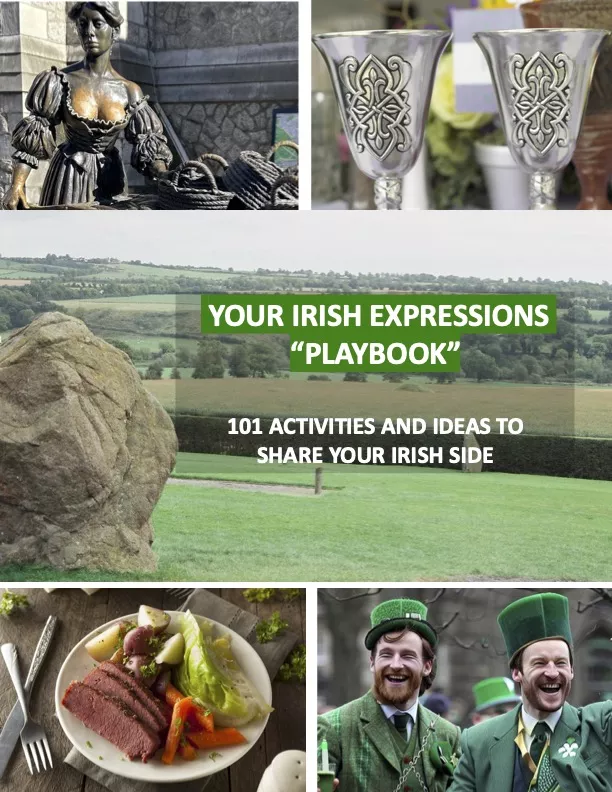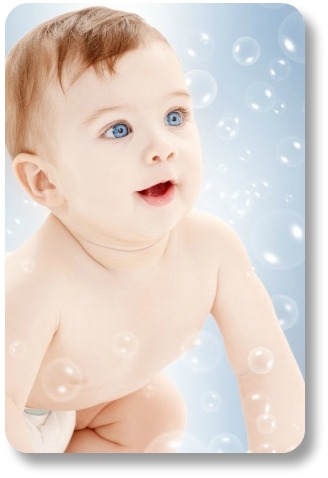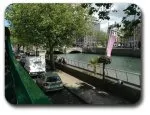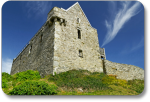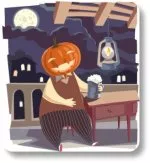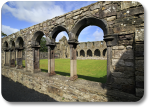- Home
- Family Crest
Irish Family Crests: Learn the Meaning and Background of Your Irish Family Name
Irish family crests, also known as coats of arms, represent your Irish heritage in colors and symbols. Each of these stands for something significant about your family background and
accomplishments.
A quick free search for your personal family crest or coat of arms can give you a stronger connection with your Irish side, telling the story of who you are, and where you came from.
Want to give it a try? Click the button below to get an instant, free overview of your family name from our friends at House of Names (opens in a separate window).
What's In a Name?
My own search for the Grady family crest led us to the image below. We now have our coat of arms hanging on our wall and engraved on several pieces of jewelry and other items.
I already had some idea of the meanings behind the colors and symbols on the coat of arms. If you're curious about those symbols, and what they mean to you - keep reading!
But I wanted to know more about Grady family history and heritage. And it didn't take long to learn. A very simple, free search led me to a fascinating summary of the Grady surname (I've attached an snip of it below).
I was hooked! I've made it my mission to understand as much as possible about my family's Irish heritage.

The Origins of Family Crests in Ireland...
Back in the 12th century, long shields and chain-link mail were replaced with helmets that covered the whole head, full-body armor and smaller shields.
Knights could not be individually recognized. They began marking their shields with emblems to identify themselves for the tournaments or battles.
Today, Irish family crests are governed by the Office of the Chief Herald.
Any approved coat of arms is listed in the Register of Arms and has been
since 1552.
Irish Family Crests: The Symbols Have Meanings...
Here are some symbols and colors, and their meanings as they appear in a typical coat of arms:
- Lion means fierce courage
- Bear means fierce protection
- Horse means readiness for duty
- Peacock means pride or beauty
- Dove means love and peace
- Holly means truth
- Cinquefoil means hope and joy
- Indented line means fire
- Wavy line means sea or water
- Crown means senior or regal authority or heavenly reward
- Tower means society, grandeur and wealth
- Gold means generosity
- Blue means loyalty and strength
Along with symbols and colors there are different styles of shields used in an Irish family crest. Shapes and designs of these shields have unique meanings as well.
Here are two examples of shields and their meanings:
- Chief is a shield that has a horizontal line across the top part of it about 1/4 of the way down. This one means authority, wisdom, dominion and achievement in battle.
- Pale is a shield that is divided into 3 equal sections using 2 vertical lines. It stands for fortitude and military strength.
Here is an Example...
This is the crest for the Kelly family, with the the green enfield as as its centerpiece.
According to legend, this mystical animal has been part of the Kelly family crest since the death of Tadhg Mór O'Kelly, who fought "like a wolf dog" with Irish High King Brian Boru against the Danes in 1014AD.
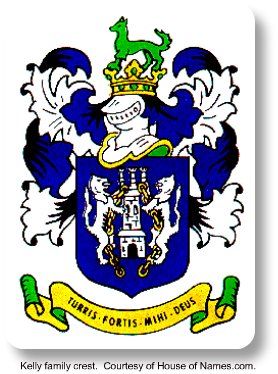
Legend says the enfield emerged from the sea to protect the body of Tadhg Mor until it could be retrieved by his kinsmen. It had the head of a fox, the mane of a horse, and the tail of a lion.
According to the Kelly-Clan of County Armaugh, the legendary creature appears on old Kelly family tombstones in the Abbey of Kilconnell, and in the old church of Cloonkeen.
Very Interesting! What's Next?
Expressing yourself using Irish symbols, including your coat of arms, is a fun way to share your Irish side, during any Irish-themed occasion.
For more information of this type, you may want to pay a visit to our main section on Irish Symbols here!
More Fun With Irish Expressions
Congratulations on learning more about the Emerald Isle and discovering what we like to call your "Irish Side." You may be thinking "I'd love to actually VISIT Ireland but that's really not in the cards right now. What am I supposed to do with the stuff I just learned?"
Well never fear! Since 2009 we have collected all of the best printable, shareable resources we could find, to help you put your new knowledge of Ireland to good use. We've put them all together in a single download we call "Your Irish Expressions Playbook," which contains over 100 pages of games, puzzles, recipes, songbooks, quizzes, travel guides and much, much more.
Purchase them ALL for one small price, print as many copies as you like and share them with your friends - with no limitations! But order soon - we are already adding to the Playbook for future editions and this price will not last long.
Oh, want one more reason to order right away? If you buy YOUR copy of the Playbook now, you will be allowed to upgrade to any new future edition for FREE.
ORDER YOUR IRISH EXPRESSIONS PLAYBOOK HERE
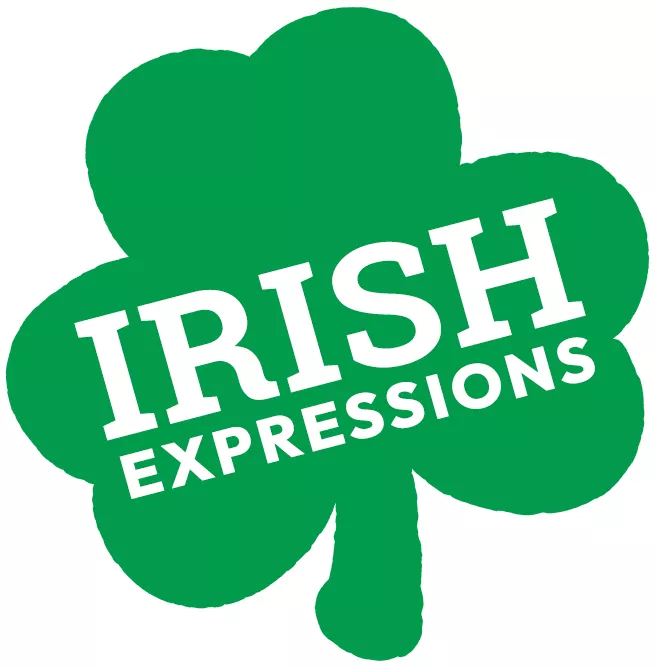
Please Share Your Feedback
Did we miss anything? Is there a topic you would like us to cover in the future? Tap HERE to let us know!
